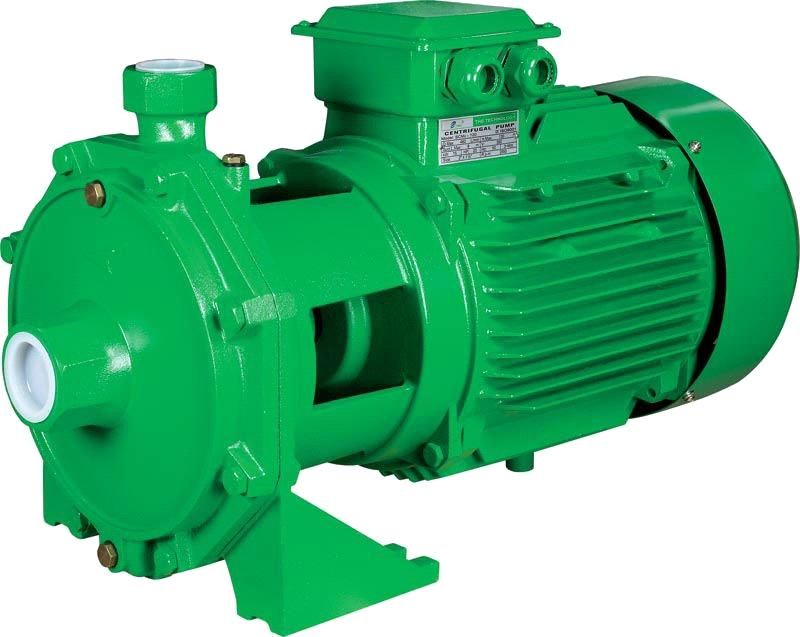Introduction to Fire Water Pumps
A fire water pump is an essential safety device used to supply water in case of a fire emergency. It ensures a steady, pressurized water flow to fire suppression systems like sprinklers and hydrants, playing a crucial role in safeguarding property and lives. Available in various types and sizes, fire water pumps are typically required in commercial buildings, industrial facilities, and even residential areas to prevent fire from spreading and to help control the blaze until professional firefighters arrive. Understanding how these pumps operate and their maintenance requirements is critical for anyone responsible for building safety.
How Fire Water Pumps Work
Fire water pumps are activated when there’s a drop in water pressure within the sprinkler system, typically triggered by heat from a fire. The pump starts automatically to maintain the pressure, ensuring a powerful water flow to douse flames effectively. These pumps can be driven by electric motors, diesel engines, or steam turbines, depending on the specific building and local fire safety regulations. Once engaged, they provide continuous water flow until the fire is extinguished or until firefighters can take control. By maintaining high water pressure, fire pumps prevent water flow interruptions, which could otherwise hinder firefighting efforts and lead to greater fire damage.
Types of Fire Water Pumps
There are several types of fire water pumps, each with unique features and advantages. Centrifugal pumps, for example, are highly effective and commonly used due to their ability to handle high volumes of water. Positive displacement pumps, while less common, are sometimes preferred for their consistent water flow at fixed rates, which can be beneficial in certain fire suppression systems. Other types include horizontal split-case pumps, vertical turbine pumps, and in-line pumps. Choosing the right pump depends on factors like the size of the building, the required water pressure, and local regulations. Selecting the correct type of pump ensures optimal performance during a fire emergency.
Maintenance and Testing of Fire Water Pumps
Regular maintenance and testing are crucial for ensuring that fire water pumps operate effectively when needed. Testing should be done according to the National Fire Protection Association (NFPA) guidelines, which outline weekly, monthly, and annual checks to verify pump functionality and reliability. Routine checks include inspecting the pump’s alignment, lubrication, and power supply, along with testing for possible leaks and ensuring that the engine starts correctly. Performing these regular checks helps identify potential issues early on, preventing malfunctions and ensuring the pump is ready for emergencies.fire fighting water pump

